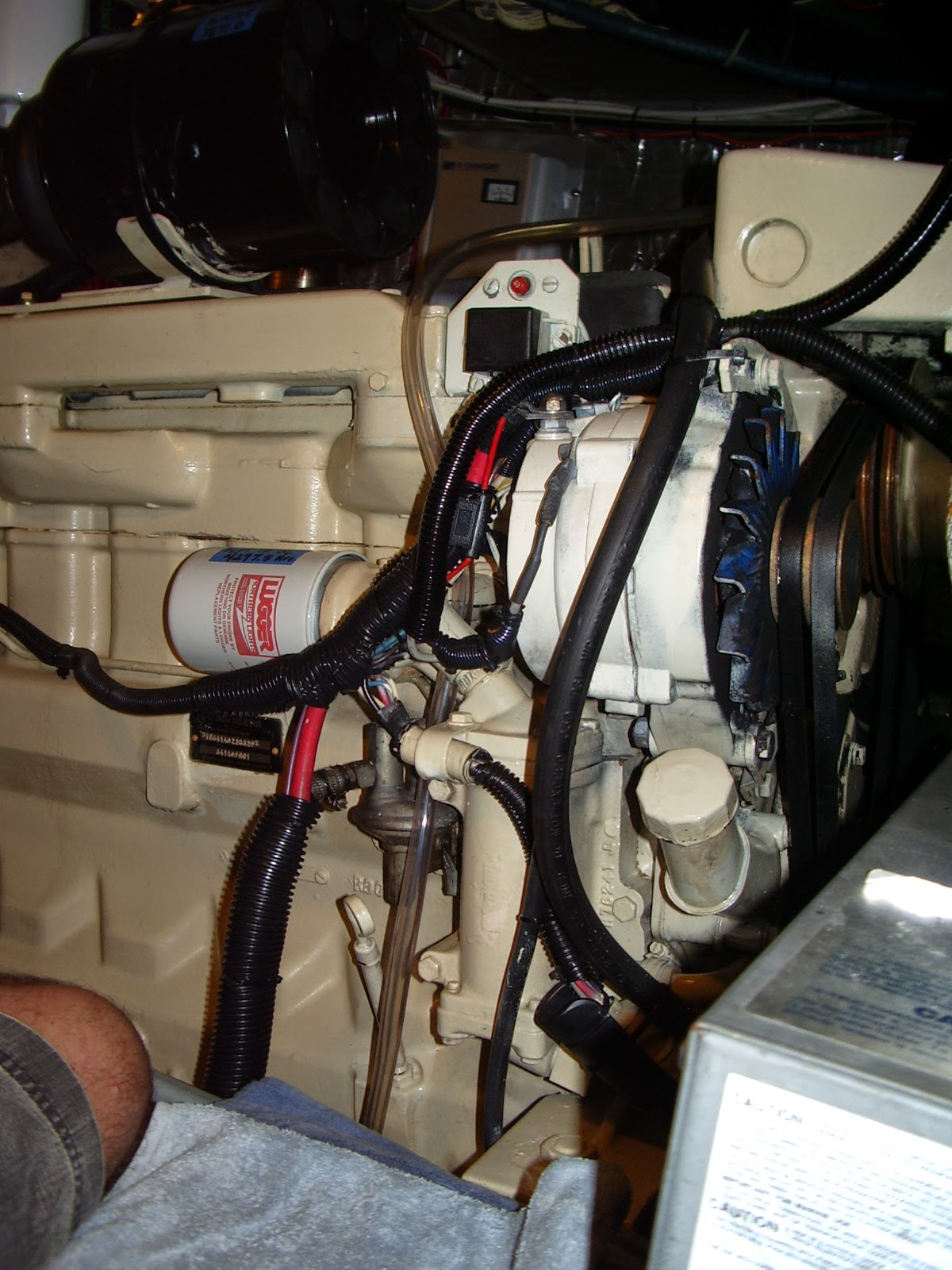Cruisers have a popular saying: “the cruising life is fixing your boat in exotic locations” and this carries a lot of truth – during our several months of cruising the Med each year we meet many fellow cruisers – mostly with sailing yachts, and inevitably conversation soon turns to the subject of what equipment needs fixing. Regardless of the type of boat or its age we have yet to meet a cruiser who says nothing on his boat needs attention.
Anchoring in great bays like these is a major part of cruising but not without some technical work too
Most cruisers are very pragmatic about this and don’t let a technical problem spoil their cruising. For example we’ve cruised for a whole season without a working water maker and another without our hydraulic stabilisers. Of course there was some irritation about these circumstances but we didn’t let them interfere with our cruising plans – if you become overly pedantic about non mission-critical problems you may never cast off from the marina to start your adventures.
In New Zealand we’re fortunate in having a tremendous infrastructure of qualified and competent marine technicians and spare parts availability, but this is often not the case when cruising overseas and can be further complicated by a lack of knowledge of the local situation and by different languages. Cruisers like us, who mostly relied on service contractors when boating in home waters, soon learn to become independent and try to tackle as much as possible themselves.
Fortunately there are many sources of technical information available to assist the cruiser, and at various times we’ve used most of the following:
– Our own boat’s technical manual originally prepared by the manufacturer and added to by owners
– On board instruction manuals and spare parts lists from original equipment suppliers
– Contact with the boat’s manufacturer, previous owners and owners’ associations
– Contact with the manufacturer of the equipment in question
– Technical reference books carried aboard (such as Nigel Calder’s “Boatowners Mechanical and Electrical Manual”)
– Technical articles copied from boating magazines
– Talking with other skippers
– Local marine engineering companies
– Agents for the equipment in question both locally and back in New Zealand
– Internet searches for information
– The many available You Tube videos showing how to perform numerous technical tasks
Among many other tasks during 2015 our main rudder bearing needed replacement
…………as did our toilet’s joker valves
But we inevitably need to have work done by contractors when we don’t have the knowledge or skills to carry out a task and recent examples have been changing injectors, setting valve clearances and reconditioning a starter motor and alternator.
When we need a contractor we try to find out who the best ones are by talking with other cruisers, and we always remain on board while the job is done. This is necessary because contractors normally arrive without any manuals or information, and often without even adequate tools to complete the task – recently an electrician arrived for a fault-finding job on our electric head and needed to borrow our multimeter! Working alongside contractors is also a great way to increase our technical skills.
Contractors in some overseas regions often don’t deliver the service we expect and mostly receive in New Zealand; example – an Italian service agent for a well known European engine brand “fixed” an engine oil leak by placing a plastic container under the leak to catch the drips. On the positive side we have found many skilled and resourceful contractors very adept at repairing failed components rather than replacing them with expensive and difficult-to-source new ones.
To maximize your technical security and independence it’s essential to carry onboard a comprehensive toolkit, complete spare parts and manuals for all installed equipment, and an extensive range of chandlery items.
It’s often said that the cost of maintaining a cruising boat is about ten per cent of the boat’s capital value each year, but over six years we’ve found between five and six per cent to be closer to the mark (not including fuel and oil). Our philosophy is to maintain our boat in tip-top condition mechanically, better than average condition cosmetically and to strike a balance between preventative maintenance and “if it ain’t broke don’t fix it.”
You can have new Envoy blog postings immediately emailed to you by entering your email address under “Follow by Email” located above, and hitting the Submit tab.


